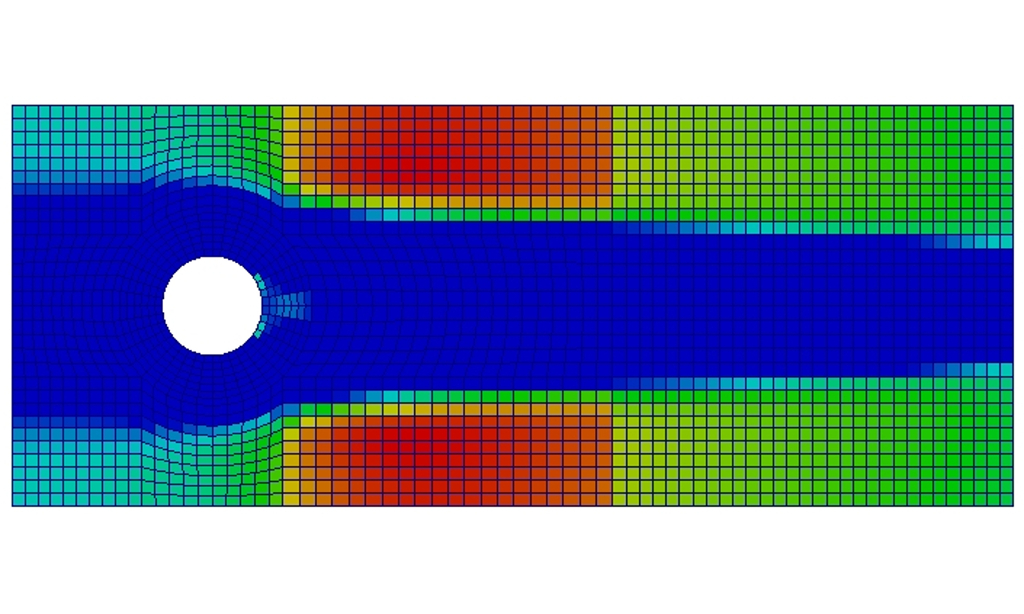Abstract
Computing the shape derivatives in turbulent incompressible flows is a basic requirement for any design optimisation gradient based algorithm. Solution of continuous adjoint Navier-Stokes equations is a method of choice for many applications of design optimisation problems where gradient information is required due to its efficiency in computing gradients. Adjoint incompressible
equations lead to two different formulations of the sensitivity gradients: shape derivatives and topological derivatives. Both approaches have been used in design optimisation to produce optimal shapes and optimal domains. Despite their differences, Othmer (2008) have shown that they produce consistent gradients close to the boundary of the domain. Therefore, the interesting prospect of using topological derivatives in shape optimisation is investigated in this paper.
In this work, continuous adjoint Navier-Stokes equations that account for the effect of turbulence in computation of the adjoint field are used. In addition, a new way of computing the shape sensitivity derivatives is proposed. The new approach is based on the topological formulation of the sensitivity derivative in the limit of vanishing source term in Navier-Stokes equations. The source term used in the formulation is equivalent to a porosity source term with vanishing porosity coefficient. This formulation allows for the classical definition and the topological sensitivity using the adjoint and primal velocity fields that can be transformed to the shape sensitivity derivative through a process of local interpolation. Given the weak source term (porosity asymptotically approaching zero), the Navier-Stokes equations are not modified in the limit of zero strength of source term while the adjoint system of equations can still be used to compute the topological derivative. This is possible due to the fact that adjoint system is formulated with arbitrarily small porosity coefficients and the passage to the zero limit is performed after Lagrangian duality for the Navier-Stokes system is enforced.

